Mechanically lined pipes (MLP) represent a significant technological development in pipeline engineering. They are primarily used in high-pressure, corrosive environments where it is essential to maintain the integrity of the pipeline over extended periods.
Introduction
Mechanically lined pipes are composite pipes comprising two independently manufactured pipe lengths. The inner pipe, often made of corrosion-resistant alloy (CRA), provides corrosion resistance, while the outer pipe, usually made of carbon steel, offers structural strength. This construction allows MLPs to handle harsh environments, reducing maintenance costs and improving operational safety.
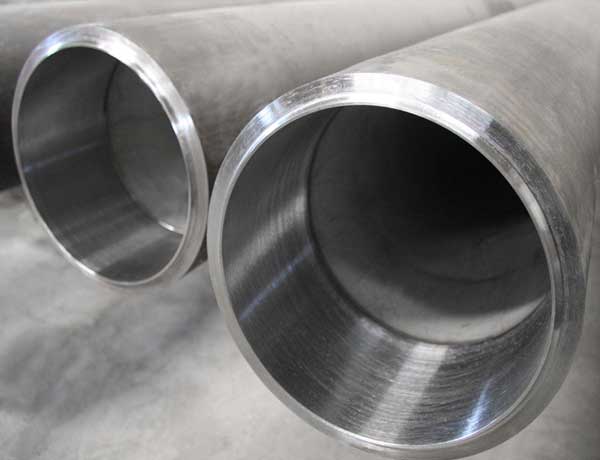
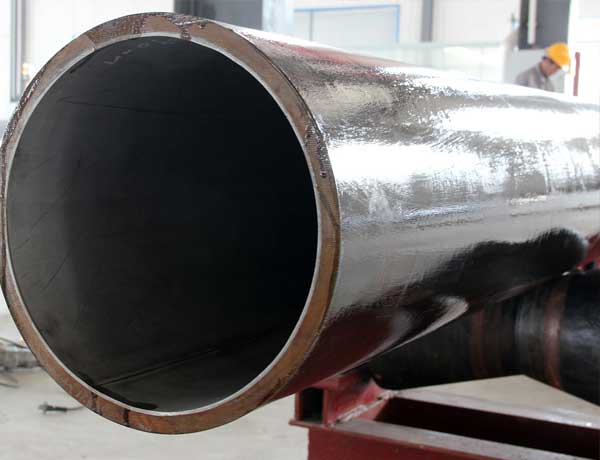
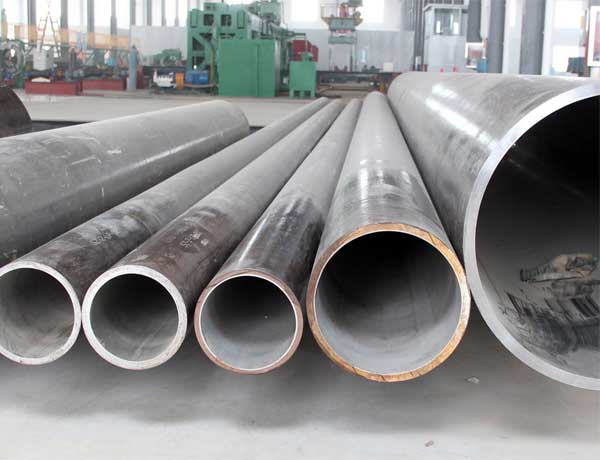
Mechanically Lined Pipe Process
The process of creating MLPs involves three significant stages: manufacturing, mechanical bonding, and verification.
Manufacturing
The first step involves manufacturing the inner and outer pipes independently. The inner pipe is typically made of corrosion-resistant material like stainless steel, nickel alloy, or titanium, depending on the application. The outer pipe is made of carbon steel, which is known for its strength and durability.
The inner pipe’s diameter is slightly smaller than the outer pipe’s internal diameter. This difference allows the inner pipe to fit within the outer pipe, creating a bi-metal pipe.
Mechanical Bonding
After manufacturing, the inner pipe is inserted into the outer pipe. The two pipes are then mechanically bonded to create a secure, long-lasting connection. This process can be done using two methods: hydraulic expansion or radial forging.
In hydraulic expansion, the bi-metal pipe is sealed at one end, and high-pressure water is introduced at the other end. This water pressure expands the inner pipe until it contacts and bonds with the outer pipe.
In radial forging, the bi-metal pipe is passed through a radial forge that exerts pressure from the outside. This pressure shrinks the outer pipe onto the inner pipe, creating a mechanical bond.
Verification
After bonding, the pipe is subjected to various tests to verify the bond quality and the pipe’s overall integrity. These tests include hydraulic tests, which check for leaks and pressure resistance, and non-destructive testing (NDT), which inspects the bond line and the pipe’s overall structure without causing damage.
Mechanically Lined Pipe Inspection
The inspection process is crucial in ensuring the quality and safety of mechanically lined pipes. There are different inspection methods employed depending on the requirements and standards of the project.
Non-Destructive Testing (NDT)
Non-destructive testing is a group of analysis techniques used to evaluate the properties of materials, components, or systems without causing damage. This is particularly important in MLP to assess the quality of the bond between the inner and outer pipes. Common methods include:
Ultrasonic Testing (UT): This method uses high-frequency sound waves to detect imperfections or changes in properties within the material. It’s commonly used to measure wall thickness and detect hidden internal flaws.
Radiographic Testing (RT): This technique uses X-rays or gamma rays to view the internal structure of a component. In MLP inspection, it’s used to detect and measure any unbonded areas.
Eddy Current Testing (ECT): ECT uses electromagnetic induction to detect and characterize surface and sub-surface flaws in conductive materials.
Visual Inspection
Visual inspection is one of the most basic and common methods used in MLP inspection. It involves the examiner looking at the physical aspects of the pipe to detect any visible defects such as corrosion, cracks, or deformations.
Mechanical Testing
Mechanical tests are performed to determine the mechanical properties of the MLP, such as tensile strength, yield strength, elongation, and hardness. These tests help assess whether the MLP can withstand the operational and environmental stresses it will face in service.
Conclusion
Mechanically lined pipes provide an efficient and cost-effective solution for industries operating in harsh, corrosive environments. The meticulous process of manufacturing MLPs, combined with rigorous inspection procedures, ensures these pipes can withstand the test of time while offering excellent performance.
Understanding the process of MLP production and the different inspection methods used is key in maintaining the integrity and safety of these systems. As technology and industry requirements evolve, it’s expected that new methods and materials will continue to improve the performance and durability of MLPs.


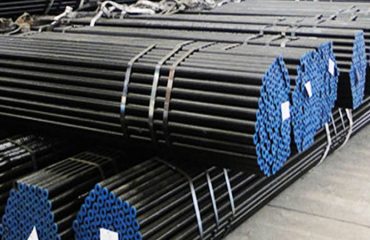
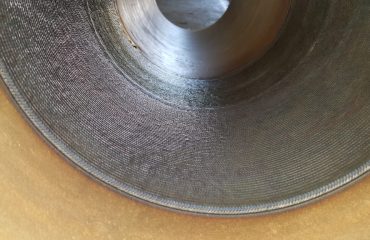
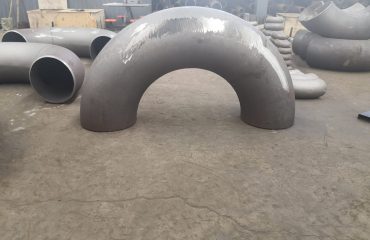
You must be logged in to post a comment.